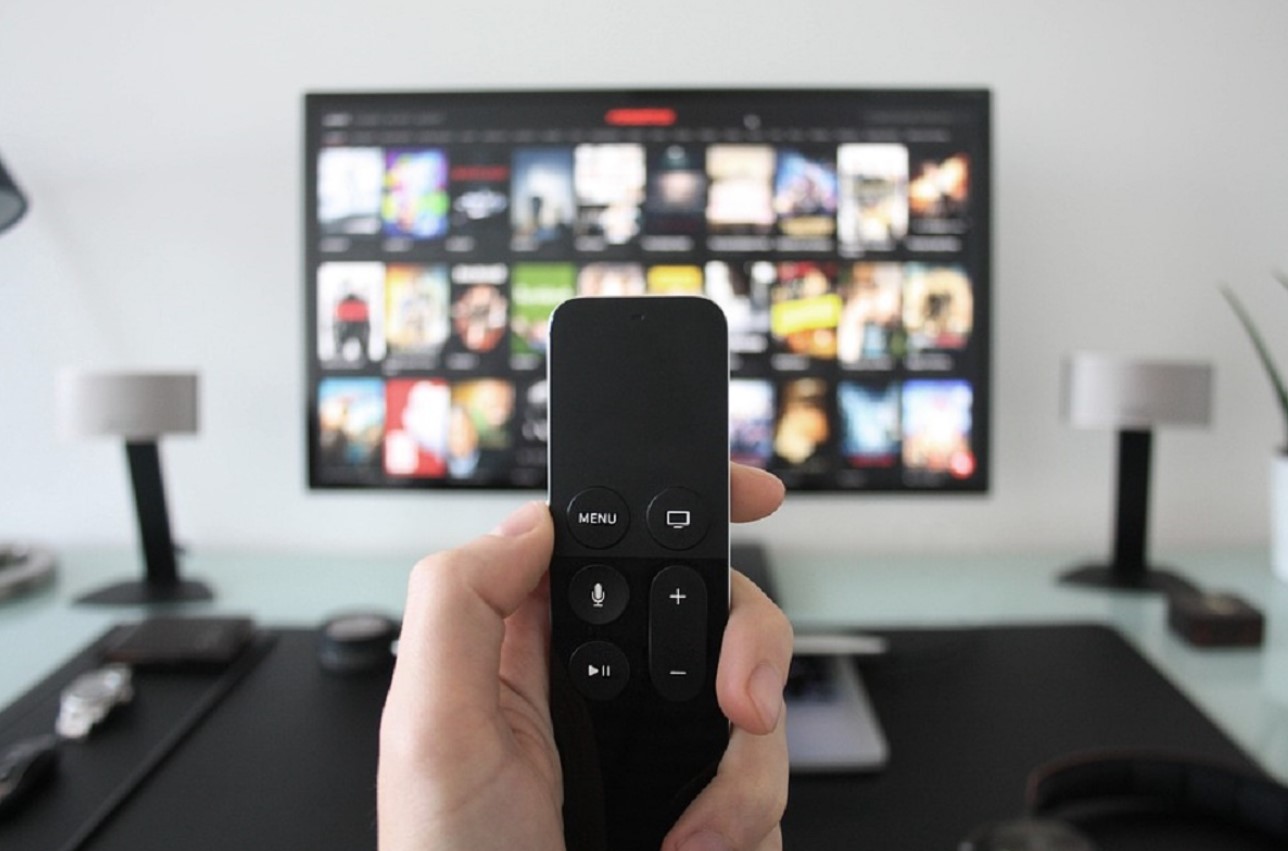
Before, we bought a television and looked at the measurements and little else. Still, since we have cutting-edge screens and technologies, we have to look at countless details and features before purchasing new equipment for our home, from the type of screen to the technology or the connections.
In addition, some acronyms in the digital television era can cause serious doubts. We speak, for example, of DVB-T, DVB-T2 and DVB-C. Do you know what they mean and why they are important when buying a new television?
But let us start at the beginning. What does DVB-T mean? These are the acronyms for Digital Video Broadcasting – Terrestrial, or what is the same in Spanish, Digital Video Diffusion – Terrestrial, the transmission standard of digital terrestrial television or DTT. This standard is responsible for transmitting audio, video, and other data through an MPEG-2 stream through a modulation of ‘Coded Orthogonal Frequency Division Multiplexing’ (COFDM). More complicated and impossible, right?
Through this standard, moving images and sound (the one associated with it) are transmitted, and it is done using a digital signal through a network of terrestrial repeaters. The information travels encrypted so that the signal can be compressed. In this way, such a wide bandwidth is not necessary. This allows broadcasting more channels, including HD (in high definition), which occupy a little more than a standard channel.
This system presents important advantages for analog transmission. In this second case, the problems were common, which materialized in shadow areas, noise, snow, double images, poor color quality, etc. The coding is logical through the digital transmission system, so the receiver can correct the distortions generated by the interferences.

DVB-T2, IS YOUR TV COMPATIBLE?
When you were faced with the first era of DTT, it is possible that you bought a tuner or even a television with integrated DTT that later became obsolete. Do you remember? And these were incompatible with transmitting content in high definition (HD).
With DVB-T2 (or TDT2, which is the same thing), something similar can happen, especially if you have not noticed that it has the appropriate support when buying your television. The current digital terrestrial television broadcasts will soon pass to the so-called DVB-T2, although Spain does not have a set deadline for now.
The problem will be triggered by the release of the 700 MHz band so that we can use the famous 5G. It will happen that those television models that do not have support for DTT2 will not have access to DTT. What arises with the change is the passage of the HEVC H.265 codec instead of H.264, which will save bandwidth. This will leave room to broadcast in UHD through DTT.
With the integration of this standard, it will be possible to broadcast in 4K with HDR Hybrid Log Gamma, which means higher frame rates per second (from 60fps) and multi-channel sound. A full-fledged improvement that, in its wake, could leave lots of televisions unusable.

AND WHAT DOES DVB-C MEAN?
It may be that when you buy your new television or when you take a look at the characteristics of the current ones, you have come across these other acronyms: DVB-C. This type of receiver can be integrated into the television and used to enjoy cable broadcasts without any additional device. This means that those who tune into channels that currently offer these types of broadcasts can watch them without needing any other complementary technology.
In case you didn’t know, this standard is used in Spain and the European Union for transmitting Digital Cable Television. In this case, DVB-C uses a QAM modulation, a more consistent signal against any interference that can lead to noise.
Digital Cable Television is produced thanks to incorporating digital technology into the television signal. This is distributed through hybrid fiber optic and coaxial cable networks. In this way, in addition to offering the television signal itself, the companies that provide the service can also offer fixed telephony and internet services.
The most advantageous thing about this option is that it completely ignores interference. There are hardly any delays. However, the installation and implantation are complicated and expensive since the diffusion is through cable. This means that only the currently deployed networks have coverage and that no progress is made.
Currently, in Spain, only four companies offer cable transmission. Although, at the time, there were a total of 13 winners. These four, which are ONO, Vodafone, Eustaltel, R, and TeleCable, are the only ones that provide combined packages for data transmission, digital television, digital radio, telephony, and Internet access.
REMEMBER: WHEN YOU WANT TO BUY YOUR NEXT TELEVISION…
Although new technologies are advancing at a dizzying pace and the changes promise not to stop here, it is convenient that before deciding to buy a new television, you are aware of the news that will arrive in a matter of months or years. One of the most important is, without a doubt, the implementation of DVB-T2 or DTT2, so before purchasing new equipment, you must make sure that this compatibility is included in the list of technical characteristics. Otherwise, you can have an outdated television in a few months. And surely, when faced with a purchase as expensive as this, you are not in the mood to waste money.
If you have any doubts, ask the professional who attends you to verify that the television is perfectly adapted to the coming times.

I am a writer with eight years of experience writing in business and technology. I always carry a passion for learning and discovering new knowledge.

